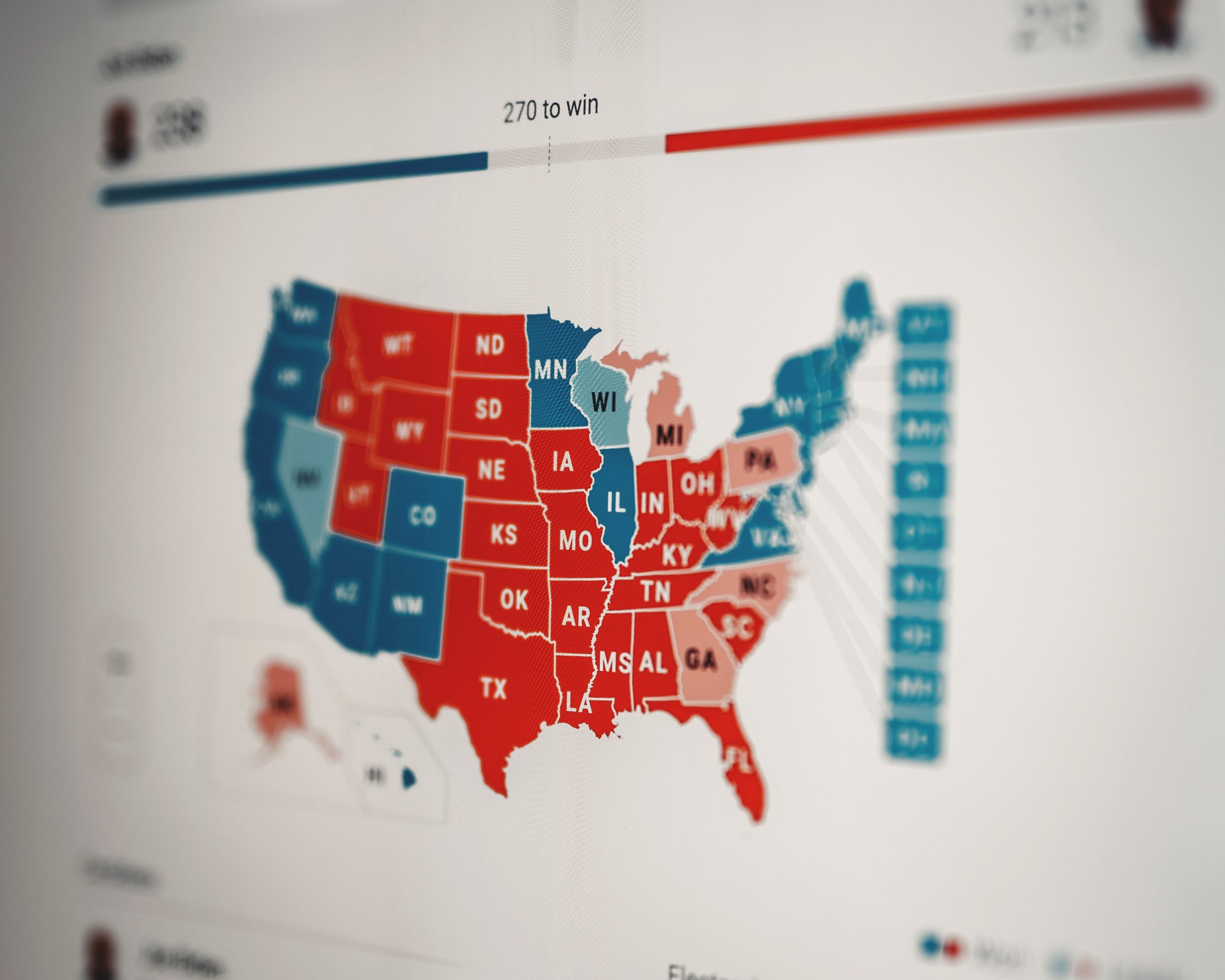
Recent scandals show that the US College Admission process is still plagued with bias, argues Comment Writer Colette Fountain
On March 12th 2019 it was made public that over 50 people had been involved in a US college admissions scandal, beginning in 2011 and masterminded by William Rick Singer. The scam worked in various different ways, but on a basic level it involved people paying thousands, sometimes even millions, to get their child into their chosen university. In Felicity Huffman’s case, this was a $15,000 payment in return for a 1420 on the SAT. In Lori Loughlin’s case, this was a combined $500,000 payment to guarantee admission of her two daughters to the University of Southern California via false claims that they were rowers. The scandal hit particularly close to home for me; I’d spent the previous year intensely revising for the SAT and had achieved a 1500 but had been rejected from all four universities I applied to. While the sheer scale of the scandal, and the celebrities involved, came as a shock, the revelation that the US admissions process might not be entirely fair was hardly a surprise.
The revelation that the US admissions process might not be entirely fair was hardly a surprise
In November 2014, Edward Blum led a class action lawsuit brought against Harvard by the Students for Fair Admission, stating that affirmative action allowed for unfair admissions. Blum’s lawsuit was arguably part of a white nationalist agenda, although he did highlight several failings of the US admissions process. Asian Americans currently make up around 6% of the American population and around 23% of the Harvard class of 2023. While Blum was criticising this for favouring Asian Americans, the reality is that Latino and Asian Americans are often expected to perform at a higher standard than their white counterparts meaning in reality the percentage admitted should be much higher. The judge in the case ruled in Harvard’s favour meaning affirmative action will continue to be a part of the admissions process, potentially helping to ensure the school remains diverse. Most Ivy league schools use a need-blind approach for Americans who require financial aid, helping to prevent the school from being entirely made up of people who are able to afford the approximately $72,000 a year fees. This need-blind approach is not taken for international students, meaning that although a large portion of the class is international, the majority of these students will be relatively wealthy.
Another way Ivy Leagues are made inaccessible for those on lower incomes is through legacy students and donations. Supposedly, legacy students (people whose family have attended the school) are twice as likely to be admitted than the average student with the same application. Legacy students […] are twice as likely to be admitted than the average student with the same application
When the college admissions scandal was announced, I think there was a kind of hope that admissions processes might begin to change for the better. Yet, seven months on, there have been no noticeable changes. Felicity Huffman was only sentenced to 14 days in prison alongside a $30,000 fine, not even the amount of tuition she would have had to pay had her daughter been accepted. Lori Loughlin is still awaiting sentencing having plead not guilty, however, based on Huffman’s sentencing, it is unlikely that Loughlin will be sentenced to anywhere near the 40 years maximum sentence she could be dealt. Even the process of applying to colleges alone favours the middle class who have the funds to pay for private SAT tutors or in dire circumstances can donate a significant amount to the university in order to receive preferential treatment in the admissions process. Perhaps one day the system will be entirely fair, but for now I don’t think we’re going to see much change, despite the hopes of some that think it will.

Comments